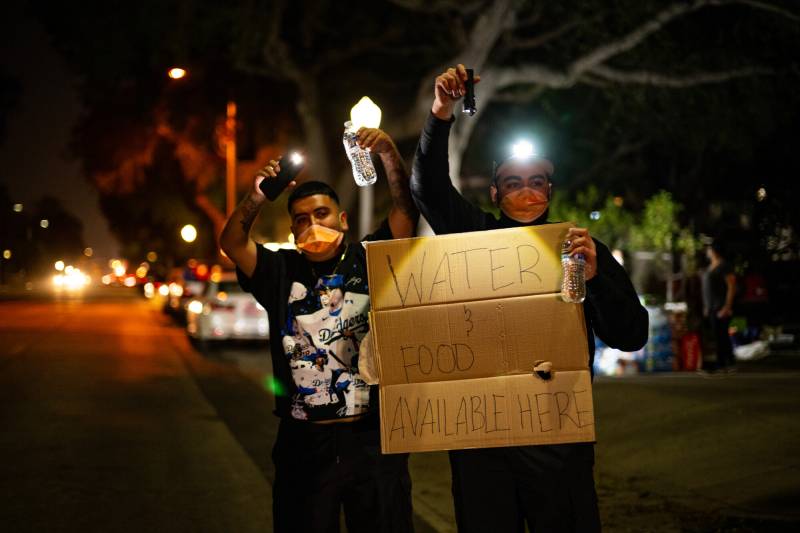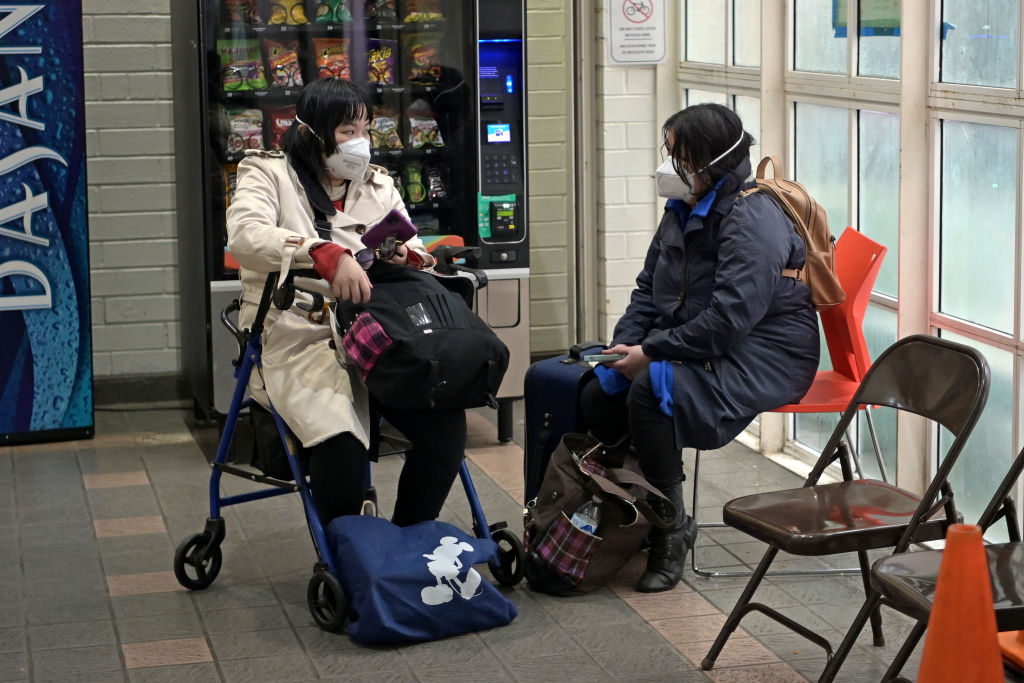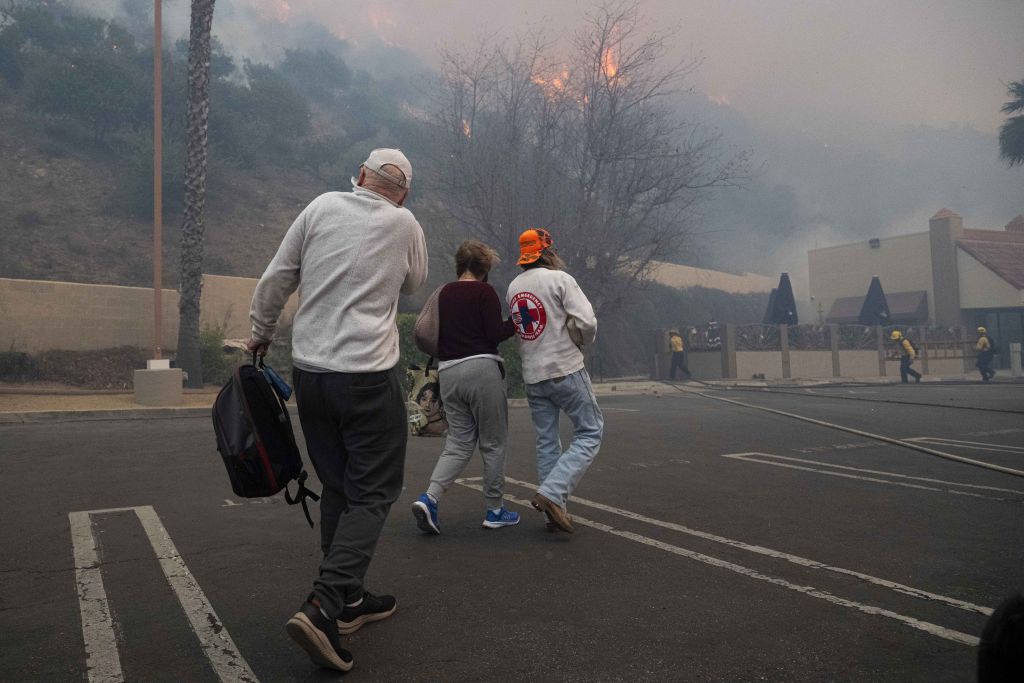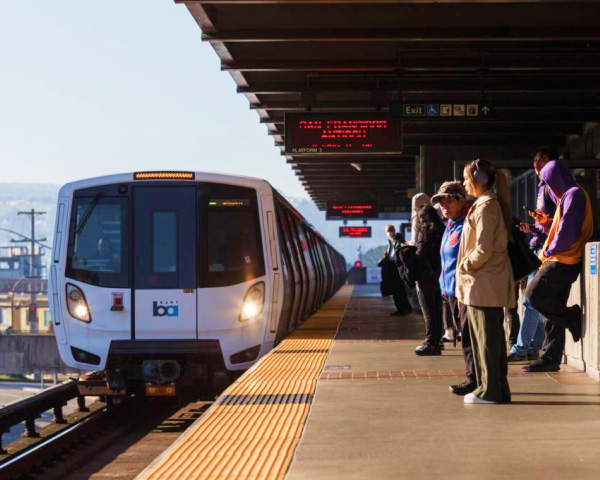Updated 3 p.m. Thursday
Los Angeles has been devastated by the most destructive wildfire event in the region’s history, with the combined fires claiming at least 25 lives and destroying over 12,300 homes, buildings and landmarks according to CalFire.
It’s also on track to become the most expensive wildfire in U.S. history.
Jump straight to:
- Where to donate to support L.A. fire victims
- Starting a GoFundMe? What to know about FEMA rules
- Resources for L.A. friends and family
- How to spot a fundraising scam
Many Bay Area residents have strong ties to the L.A. area and may be fearing for the safety of their loved ones. If you’re looking to help, local organizations, activists and community members in L.A. are organizing fundraising and mutual efforts, which you can donate to or otherwise support.
Keep reading to find out how you can help those in the L.A. area impacted by wildfire. Bear in mind: The situation in Southern California is still evolving, and this list of resources or organizations asking for assistance is not exhaustive — but we’ll keep updating it as we learn more.
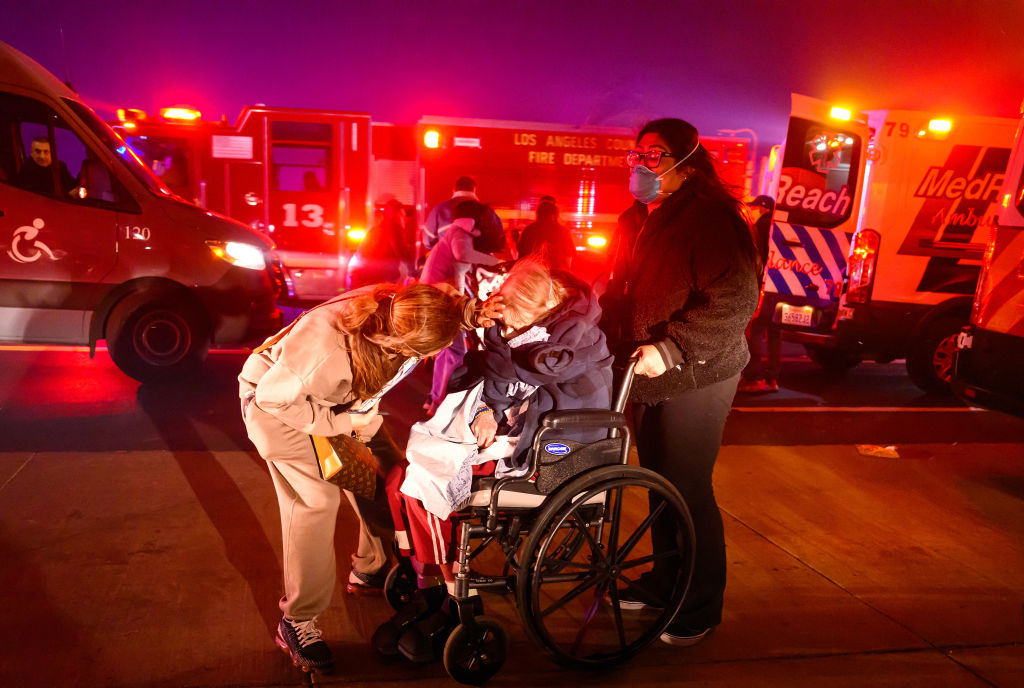
L.A. fire help: I want to send donations to support an organization
If you want to send money — or items like clothes — to the areas affected by the L.A. wildfires, organizations asking for help include:
General support for wildfire assistance and firefighters
- The Los Angeles Fire Department, which has a wildfire emergency fund.
- The California Fire Foundation.
- California Community Foundation’s Wildfire Recovery Fund.
- The Eaton Canyon Fire Relief and Recovery Fund.
- Anti-Recidivism Coalition, to support incarcerated firefighters. (Be sure to write “firefighter fund” in your donation.)
Supporting children and schools
- The California Department of Education, which is asking for donations through SupplyBank.
- Baby2Baby, which is providing assistance to help with diapers and formulas for young children and families.
- Project Camp, which provides “trauma-informed childcare for displaced families in the aftermath of disasters.”
- Boys & Girls Club of Malibu
- BreastfeedLA
Food banks and meals
- Los Angeles Regional Food Bank, which is also accepting food and non-food items.
- World Central Kitchen
- No Res Gourmet
Community organizing
- Mask Bloc LA, which provides respirators and masks.
- National Day Laborer Organizing Network, which is specifically fundraising for immigrant workers impacted by the fires.
- Water Drop LA
- KTown for All
- Hollywood Food Coalition
- Direct Relief
- Climber Relief Fund
- Mutual Aid LA has a list of mutual aid organizations in the region.
- Emergency Network Los Angeles
- Latino Community Foundation
- LA-based healthcare apparel company FIGS has support for healthcare workers.
Support for animals
General response organizations
- The American Red Cross
- Salvation Army
- Core Response
- Project HOPE
- Global Empowerment Mission
- Team Rubicon
- Samaritan’s Purse
GoFundMe pages and other individual fundraisers
GoFundMe has a list of verified fundraisers for those impacted by the fires, including one that the website is running itself.
Residents are also updating spreadsheets and websites like Fireaid.info with links to fundraisers and Venmo accounts, including:
- A mutual aid directory of Latine families displaced by the fires
- A list of fundraisers for Black families
- A crowdsourced list of Hollywood crew members
- Renters that have lost housing.
But it’s worth highlighting: the organizers of these crowdsourced lists has not been able to verify each fundraiser, and officials are warning of potential scams (as well as price gouging) amid the L.A. fires. This all means that it’s important to make sure a fundraiser is legitimate before sending any money.
GoFundMe has a guide on verifying a fundraiser, and the company encourages donors to see if:
- Family and friends are making donations and commenting words of support on the page
- The pages clearly details if intended recipient in control of the withdrawals. If not, is there a clear path for the funds to reach the victims?
- Does it seem like the GoFundMe is copying someone else’s story? (For example, you can check this by looking up the description on Google, and seeing if the exact sentences where used in another fundraiser.)
See below for how to spot other signs of a fundraising scam. And if you’re checking up on an organization’s fundraiser to make sure it’s legitimate, you can use a tool like the Department of Justice’s search portal.
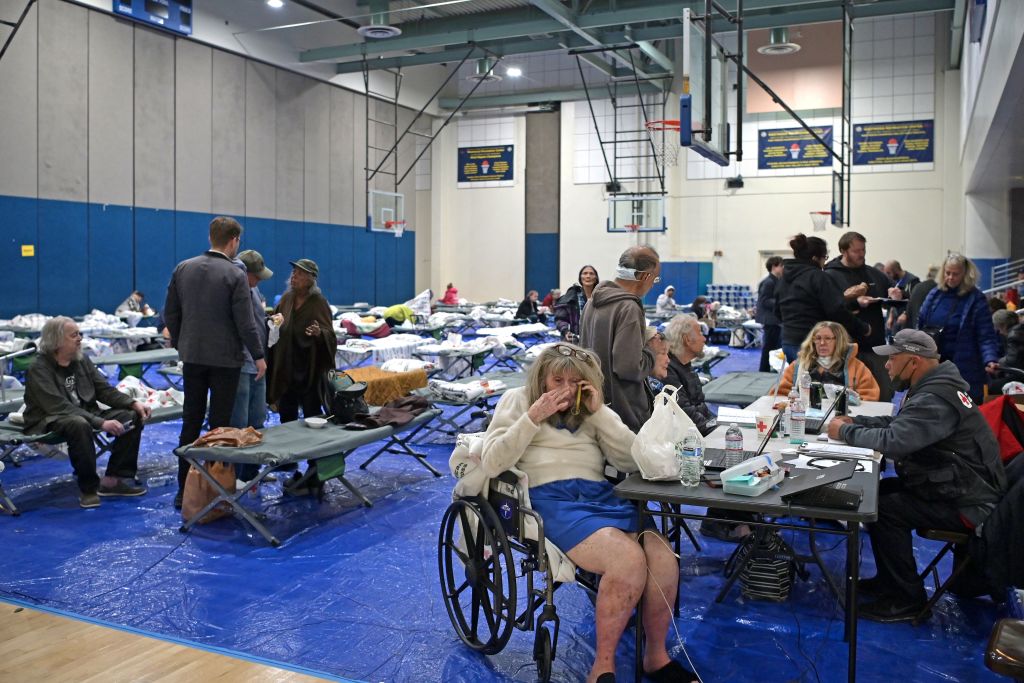
What to know when setting up a GoFundMe
If someone you know in Los Angeles is thinking of starting a GoFundMe page for themselves or someone else, there’s something they need to know: If they are seeking financial assistance from the Federal Emergency Management Agency (FEMA) as well, the agency says it “cannot duplicate benefits you receive from another source.”
What this means: FEMA assistance — which is not dependent on household income — can help disaster survivors with a wide range of needs, from rental assistance to childcare to accessibility requirements. (KQED has a 2020 guide on how fire survivors can apply for FEMA aid.)
But according to FEMA’s rules, if a person’s GoFundMe details that they’ll be using any money raised for “a specific disaster-related expense” – which the agency defines as including home repairs, funeral expenses or other emergency needs – they cannot receive funds from FEMA for the same specific purpose.
Read our full guide to balancing FEMA’s rules with a GoFundMe effort.
